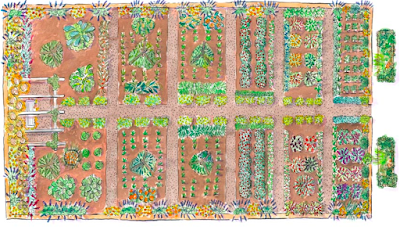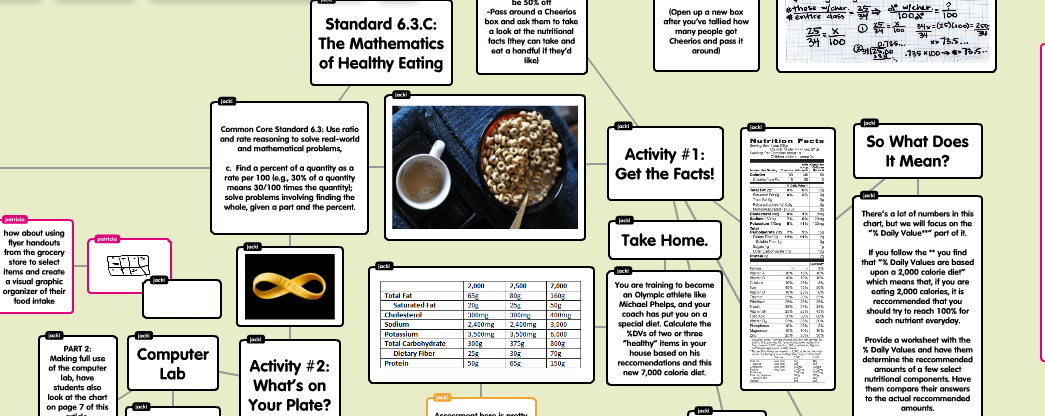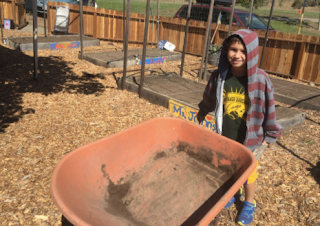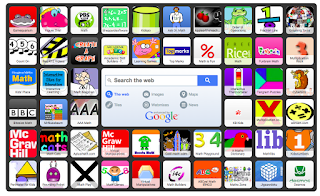3 Simple Steps for Teaching Across Content Areas
The pre-service teachers I work with often here me tout “Instruction is not a one size fits all approach”. This notion is based on Tomilson’s theory of differentiated instruction. Tomilson contends that teachers can and should provide multiple pathways to learning by differentiating three areas of instruction: content, process and product. The idea of presenting content in multiple ways can feel like an overwhelming task. Moreover some students might not find different representations of the same content meaningful or engaging. Similarly having multiple products or processes can be extremely overwhelming for new teachers to manage and be effective, especially with younger children or students who may not have the foundational skills to work independently.
Building on the notion of differentiation instruction is integrative instructional design. Similar to the idea of presenting content in multiple ways, integrative design builds on students interests and readiness and makes connections across content areas in the context of a theme or unit of study. This approach to instruction is extremely effective for English language learners who can apply academic language across content areas rather than learning new words in isolation and without meaningful experiences. Furthermore teachers can provide explicit direct instruction, and support collaborative group work experiences with exemplars, higher order questioning and resources that”fits-all” in multiple ways.
This week I had third graders build on their knowledge of multiplication/division in the context of designing a garden and determining the area each student would receive. This was part of their science unit on investigating the impact of different types of environments has on plant growth. Not only where students able to use their math knowledge to determine the area but they were able to apply calculations in a real-life situation which included students measuring the plot and using string to create equal spaces.
So where do you begin?
Step 1: Planning: Think about an essential question that can begin your investigations into a theme. For example “What do plant’s need to grow”. Then begin your investigation with activities, images and videos that will hook your students and support the central theme such as designing a garden, identifying parts of a plant, tools for the garden and sorting and counting seeds. Teachers can begin their planning by thinking about how the unit of study can overlap into other content areas.  Use the Country Living Site for Garden Plans
Use the Country Living Site for Garden Plans
Step 2 Organize: Use web-base tools to keep your project organize. To organize the sites for students to access use a tool like Symbaloo.
Step 3 Create: Then create templates for students to work independently and organize their thinking with Google Docs. With Google Doc & Slides you can give real-time feedback to your students that is captured in the cloud. This way if your project-based learning activity time is only scheduled once a week students will have a way to review feedback and work independently without wasting time reviewing expectation, criteria and next steps.
This instructional approach is also extremely useful for secondary students to go deeper with skills and strategies to promote mastery of learning. Co-planning with other subject teachers at your school site can provide for a much more in-depth unit of study. Check out this unit of study on ratio and rates which is built on a unit of eating healthy and includes activities from other subject areas such as social studies, health, technology and writing.  Teachers and Students can begin the planning process using a tool like Popplet. How might you use an integrative approach in your classroom instruction?
Teachers and Students can begin the planning process using a tool like Popplet. How might you use an integrative approach in your classroom instruction?
Leave a comment on this blog post and receive our Instructional Planner for creating Integrative Units.
Join our discussion on our Facebook Site






